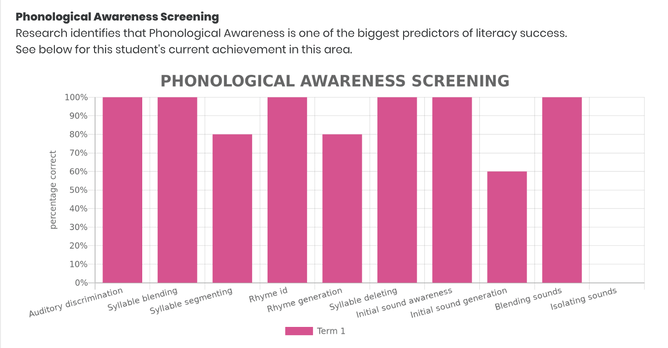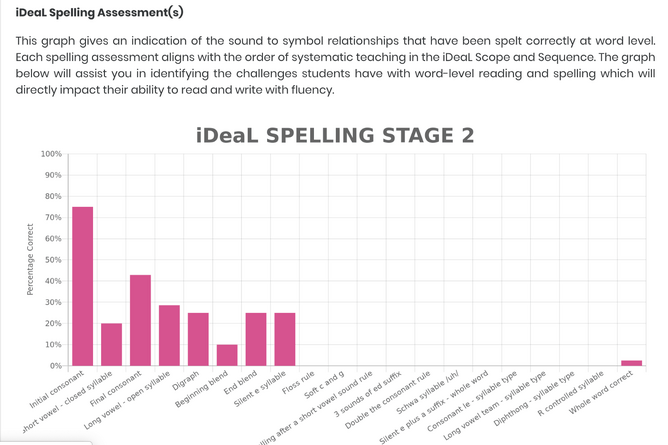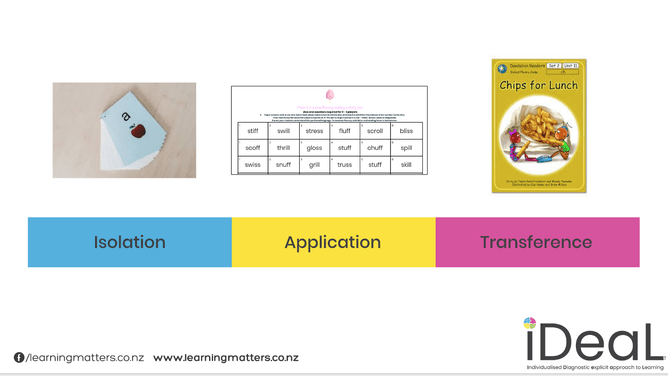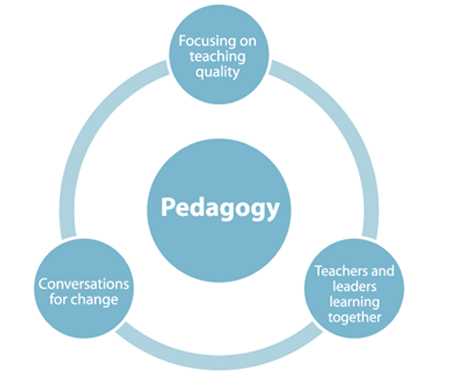It is obvious that the release of the Dyslexia Kete has left many who live and work in this space reeling. Questions such as, who, why and really have surfaced over the last week. Emotions have run rife.
What does the alternative, to the use of existing assessment tools and a range of programmes, look like? How would we go about building a more knowledgeable education sector? One that is focussed on the importance of pedagogy over programmes? It is a no brainer that we all understand that dyslexia impacts more than learning to read and write. BUT…. it is also a no brainer that should we work to explicitly help ALL students to have success in these crucial areas we will see a positive spin-off in areas such as mental wellbeing, self-esteem, and self-belief for all. Hence, I focus here. The other reason to focus here is that this is the area our MOE currently injects the most (closely) associated funds into. Reading Recovery. Agree or disagree, the money injected here is sizeable. We need to review not only the effectiveness of this but the impact these funds truly have.
What is making an incredible difference across the country in many schools already? What has ultimately been missed in the release of the kete? What do ‘dyslexia best practice’ teachers and leaders understand, know and practice that others haven’t had the chance to? Firstly, they know that current, evidence-based tier 1 instruction makes the biggest difference and is the cheapest form of intervention. Second, they understand that EARLY intervention is crucial. Thirdly, they understand that dyslexia is a language-based learning difference. Yes, there are often other SLDs presenting, and strengths and challenges existing as a result of dyslexia. BUT…. I would like to encourage us to consider the elephant in the room. No more skirting around the edges. The whole language iceberg has well and truly melted and we have a choice. We can either learn to swim or we can ask for an updated weather report.
We know the inefficiencies on all levels if we wait until a student is in years 2, 3 or 4 to determine they are experiencing difficulties. We need to know what to look for from day 1. We must monitor every student's response to explicit teaching closely. Of course, it goes without saying that it is not possible to measure this with a reading level or spelling age. That stuff washed out with the iceberg.
Inspirational school leaders and teachers understand how frustrating it is for parents who have to go into bat for a child every day, week and/or year, often repeating themselves time and time again. Do we need to wait for, or give a diagnosis? Is this our job in schools? Hmm, I am not so sure. We really can achieve the information we need and take the appropriate actions based on our business as usual through pedagogy and practice.
What are dyslexia ‘best practice’ school leaders and dedicated, vulnerable teachers turning their focus and practice to? Fundamentally, the focus rests on the development of consistent and evidence-based pedagogy and quality systems within and across these schools and their communities. We wish for all tier 1 (mainstream classroom teachers) to have the knowledge and practice necessary to enable and empower them to make the biggest difference on their classroom floor. Is this possible? Absolutely. Many teachers and leaders are so proud of this across our country.
So what are the inclusions and developing pedagogy school-wide that are making a difference for every learner and teacher in these flagship dyslexia ‘best practice’ schools?
1. They are spending time getting their heads around current research. Knowledge is power. The work of Dr. Louisa Moats, Sue Dymock, James Chapman, Alison Arrow, Dr. David Kilpatrick, Linea Ehri, Stanislas Dehaene and Jennifer Buckingham. Knowledge is power. A programme in isolation won’t give us the why, but the research and evidence do. This helps when our practice is challenged. We keep going because we understand how crucial our developing practice is for our students.
2. Phonological screening on school entry (of every student) takes place. This data is then mapped onto a platform that has the ability to generate a picture at an individual, group, class, year and schoolwide levels. Jeepers this is exciting and oh so informative. Monitoring progress and the response to explicit teaching takes place and is all-important. These professionals are watching with caution and responding through intervention where need be. This very intervention of course aligning with tier 1 classroom instruction.
3. School-wide spelling assessments (phoneme-grapheme structured) are administered to determine the alphabetic principle students’ do and don’t have. These coupled with phonological awareness findings (where relevant) providing insight as to why students may not be achieving fluency. Teachers now have so much more understanding and can support students to achieve success.
4. Teachers learn how to explicitly teach PA and the code. This is not the approach we know as PHONICS, let’s be clear here. The purpose of building up a systematic bank of phoneme-grapheme correspondences is to assist a student’s ability to develop fluency. These teachers realise that when we read with fluency this frees our cognitive load to be able to access the ultimate part of the process — COMPREHENSION. Making meaning is the business end for sure. But, it is pretty tricky to read if you can’t get the words off the page.
5. These teachers and school leaders understand the difference between teaching phonics in isolation and structured literacy. A bridge is built between explicit instruction in reading and writing sounds in isolation — taking these sounds to words (reading and writing them) and then through to fluency at sentence level, dictated sentences and into a decodable passage or text. This means a range of decodable series is sourced and made available for teachers to access. Prioritising of budgets, as well as teachers and specialists learning how to instruct with a decodable text, is crucial here.
6. A systematic and cumulative scope and sequence form part of the local literacy curriculum. Explicit teaching practice ensures students are strategically taught to orthographically map phonemes to graphemes. Teachers develop an understanding of this process. They know students' first map letters, letter strings and then words to their long term memory in order to build-up a sight word bank to ease the load for fluency of reading and writing. This explicit and systematic teaching necessary for all, but crucial for some.
7. Teachers gain an increasing understanding of the role of Executive Function in learning. They begin to understand how executive function deficits in areas such as working memory, planning, prioritising and self-monitoring may impact students across the curriculum. Suitable inclusions of this throughout the day during classroom practice become increasingly evident. Teachers become increasingly capable. Interacting with and mediating learning in the most appropriate ways across the curriculum throughout the school day.
8. Interventions align with tier 1 classroom instruction. These are seen to be a ‘steroid’ version of tier 1 instruction in classrooms. Teachers and leaders understand that some brains need more exposure, opportunity, and repetition than others. Where this occurs outside of the classroom students return to classroom teachers who understand and have the skills to support the transference of learning from intervention sessions across the curriculum.
9. There is schoolwide access to a range of accommodations. These are well understood and appropriately implemented on a case by case basis.
10. Clear, concise, honest and transparent communication occurs with all stakeholders.
11. Strengths are discovered, celebrated, nurtured and developed.
12. Teachers, whanau, and leaders work together realising that all are in this for the betterment of the student. Not all have the same levels of knowledge and expertise and that’s ok. We understand and accept it really does take a village.
With shoulders relaxed and a warm heart, we celebrate what is making the biggest difference to so many. Quality informed tier 1 instruction. No ambulance at the bottom of the cliff here. Knowledgeable, empowered, inspired educators who really are making a difference and a sustainable one at that. This isn’t a programme, It’s a pedagogy. No change in funding, nor government will take that away from our teachers or students.
What do you know — we have created an evidence-based approach for all. One where intervention aligns with the teaching and learning in the classroom. And, the cost? Well….. professional learning and education that takes ALL teachers and students forward. Absolutely there is a need for investment in resources. But with self-governing schools, we can do this over time. Yes MOE distributed texts will be a silver lining. A specialist literacy coach trained in structured literacy in every school or across communities would also go a long way to supporting this approach. Perhaps, that will be the replacement option for current reading recovery funding. We can teach 3–4 students in intervention in this model as opposed to 1. Effective and efficient, the operative words here.
Gosh. Imagine! Should we achieve the above, it is a given (I speak from experience). We will begin to see; confidence levels rise, anxiety levels decrease, attendance rates rise, teachers who enjoy and feel supported in their vocation, and importantly increased student outcomes.
If you too would like to learn more about how you can implement the iDeaL learning approach and work towards becoming a dyslexia ‘best practice’ school, reach out to us at Learning Matters to discuss how we can support you to do so.
WRITTEN BY
Carla is the Founder and Director of Learning MATTERS Ltd. Carla has been a successful school Principal, Mathematics Advisor and Classroom teacher.












